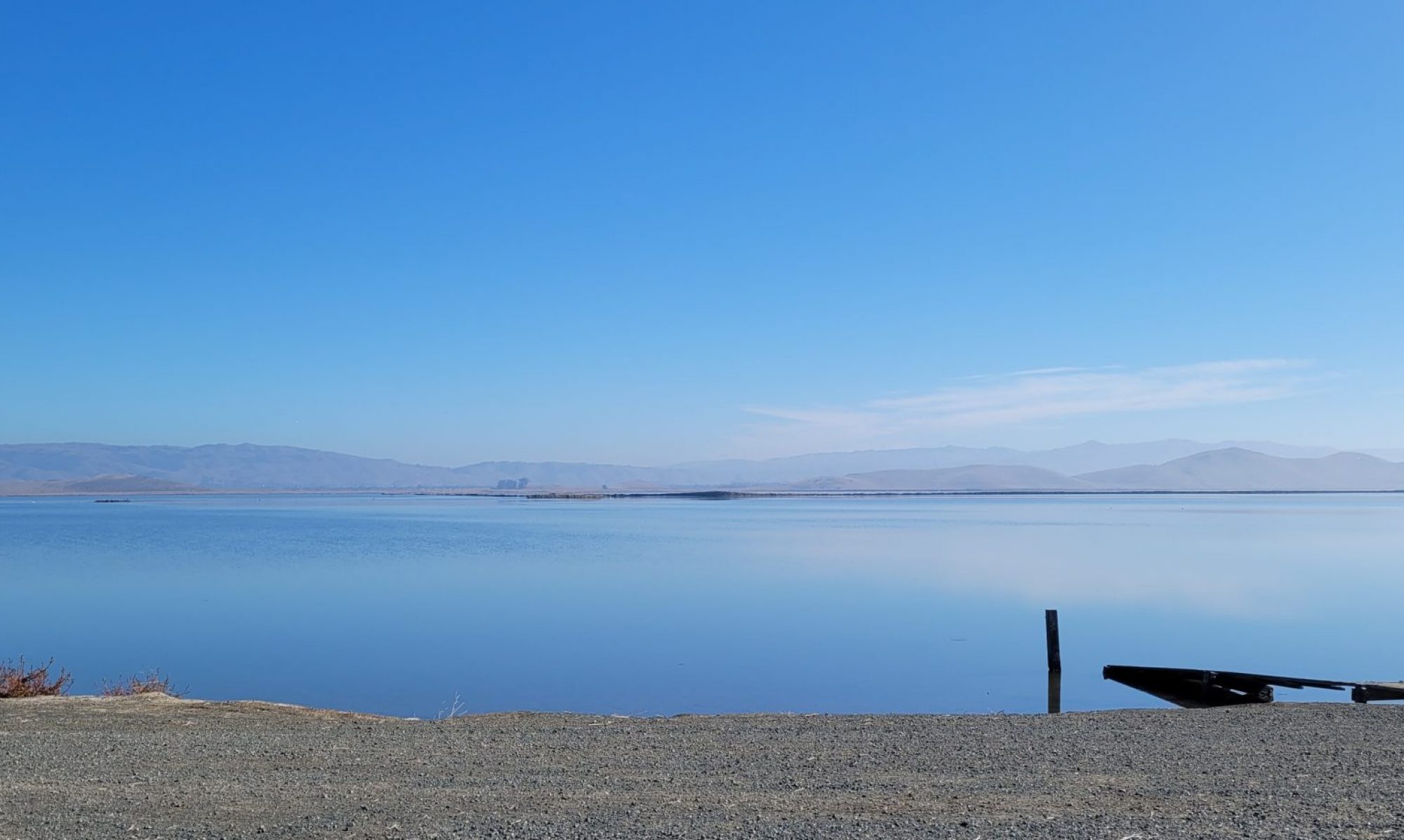
Have you ever wondered why the Brazilians speak Portuguese? All of South and Central America were overrun with Spanish colonizers–except for Brazil.
The pope brokered a deal with the countries on the Iberian Peninsula to split the world in two halves. The Portuguese got everything to the east, and the Spanish got everything to the west. Easy peasy. The Treaty of Tordesillas.
The Royal Bastard of Fond Memory
Portugal is the stubborn left arm of land on the Iberian Peninsula, never willing to be absorbed. They have their own language, distinctive music, and naval heroes. They timed their independence well, coming together as a country when Spain was still a shattered group of provinces. It helped to have a royal bastard who reigned for nearly half a century.
Continue reading “N is for Navigators”



